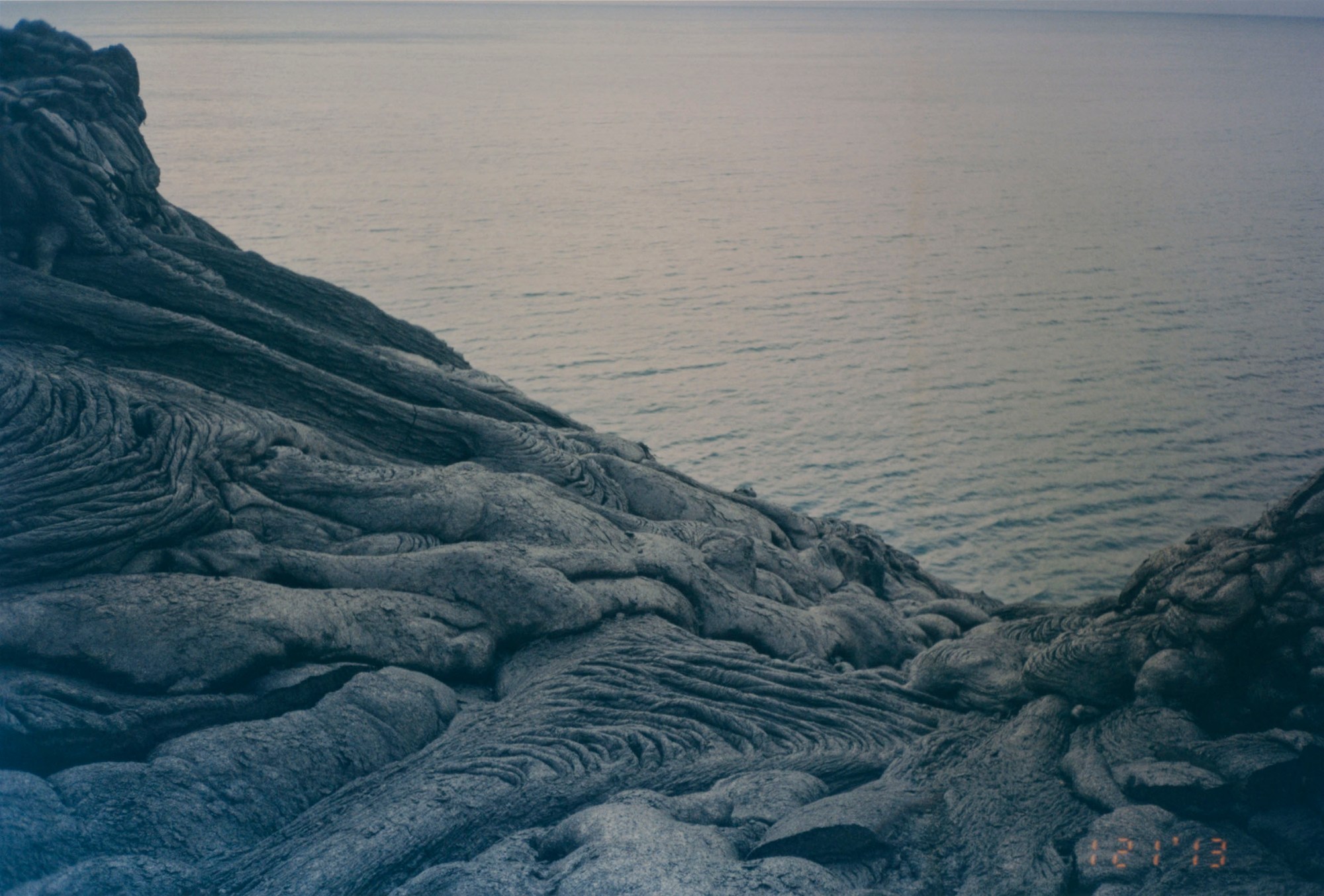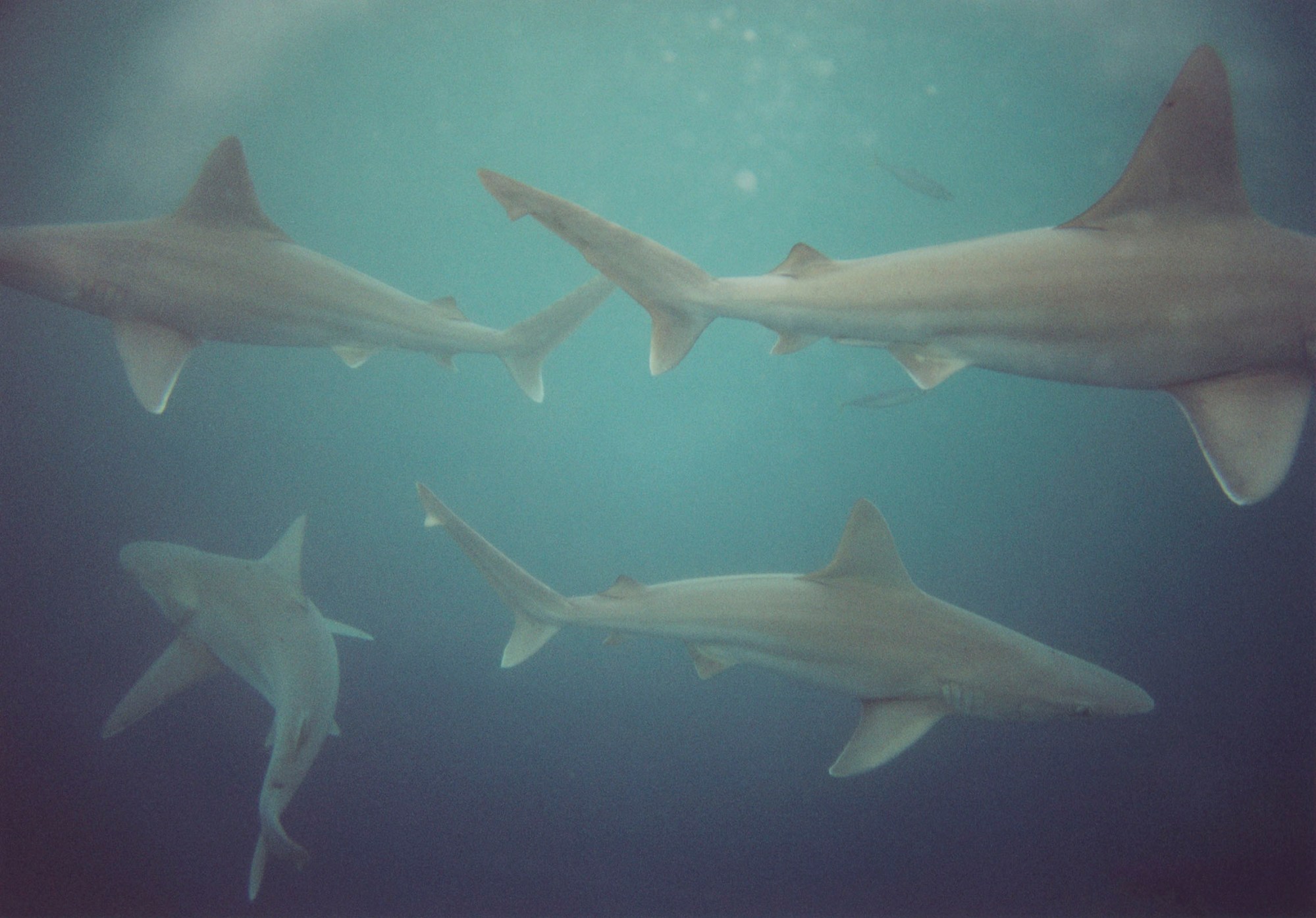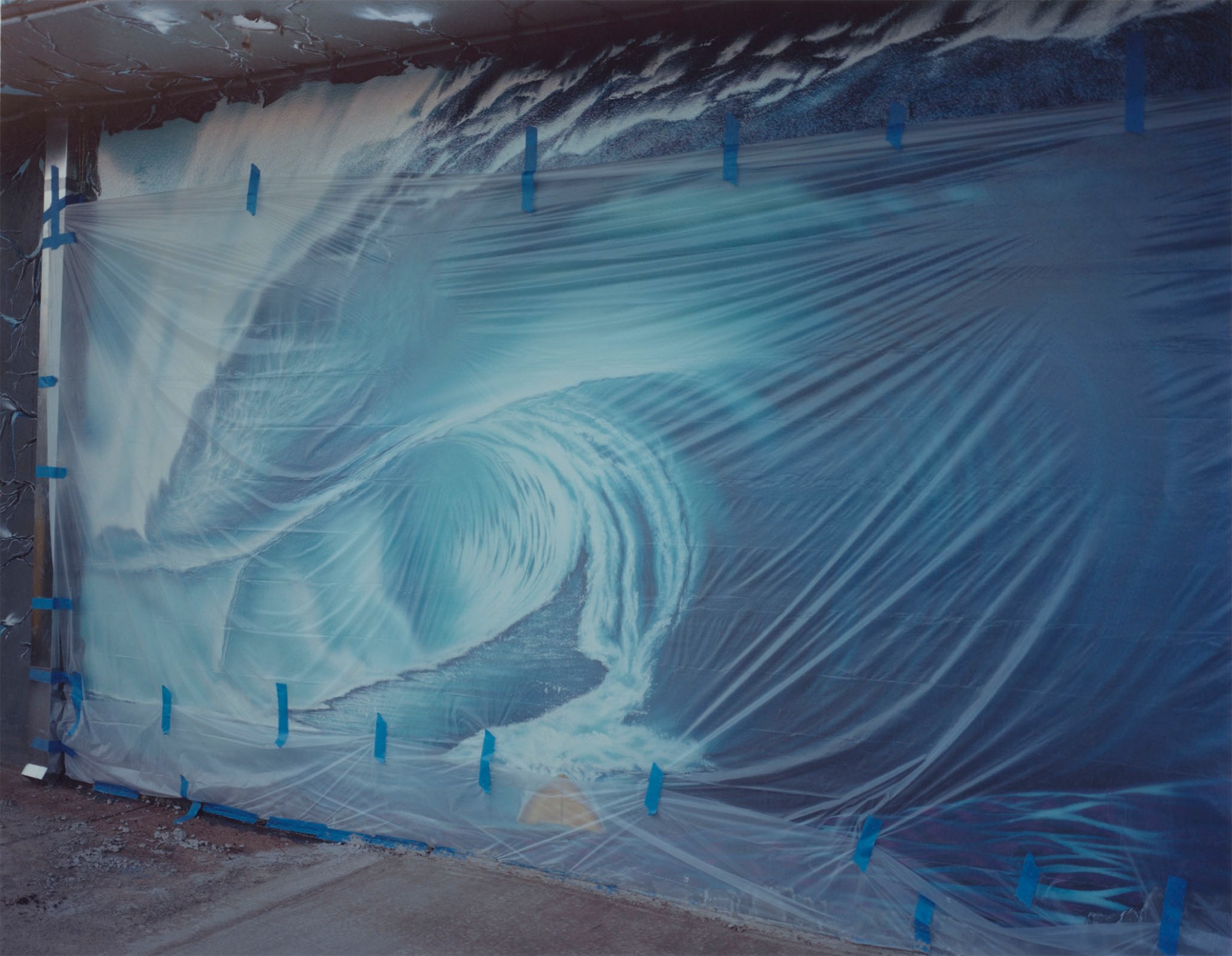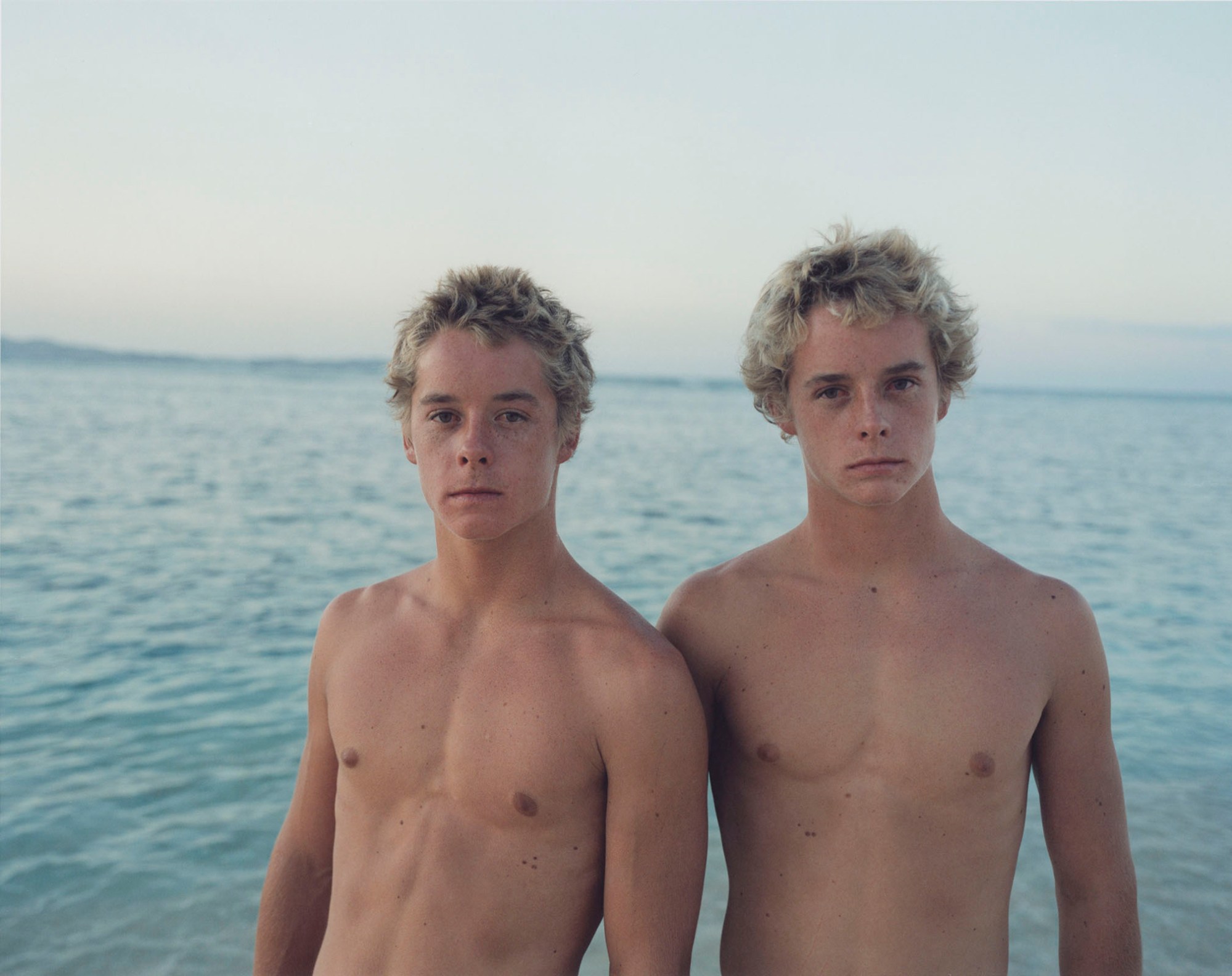For someone who grew up romanticizing tourist Hawaii from afar, photographer and surfer Vava Ribeiro sure knows how to cut through the cookie-cutter images of pastel sunsets and perfect beaches to show what it’s really like in state’s iconic surfing destinations.
Ribeiro has been spending winters on Hawaii’s North Shore since 1999 – surfing, taking photos and getting to know the community that calls it home. Now, after a couple of decades and thousands of photographs, he’s released his first book of images titled North Shore (with Jesus Blue, a publishing company founded by Nick Waplington and Jonny Lu).
His obsession with Hawaii’s surf scene began when he was a teenager growing up a short bike ride from Ipanema Beach in the mid-80s. Being so close to the ocean he could taste it, Ribeiro developed an appetite for surfing. But there wasn’t much in the way of media to tide him and his friends over between sessions in the water.
“Back in that day there was no internet and no social media, so your portal into that world was through magazines,” Ribeiro says on the phone from São Paulo, where he now lives. “There was one newsstand in Ipanema that would receive one or two copies of Surfing or Surfer magazine, so you had to be lucky to run to the newsstand and be the guy that got the magazine when it got there. We had this group of friends that used to share the magazine, like you had it for a week and then you would pass it on to your friend, and they had it for a week, and so on. It was this really incredible window into a world that we all wanted to be a part of.”
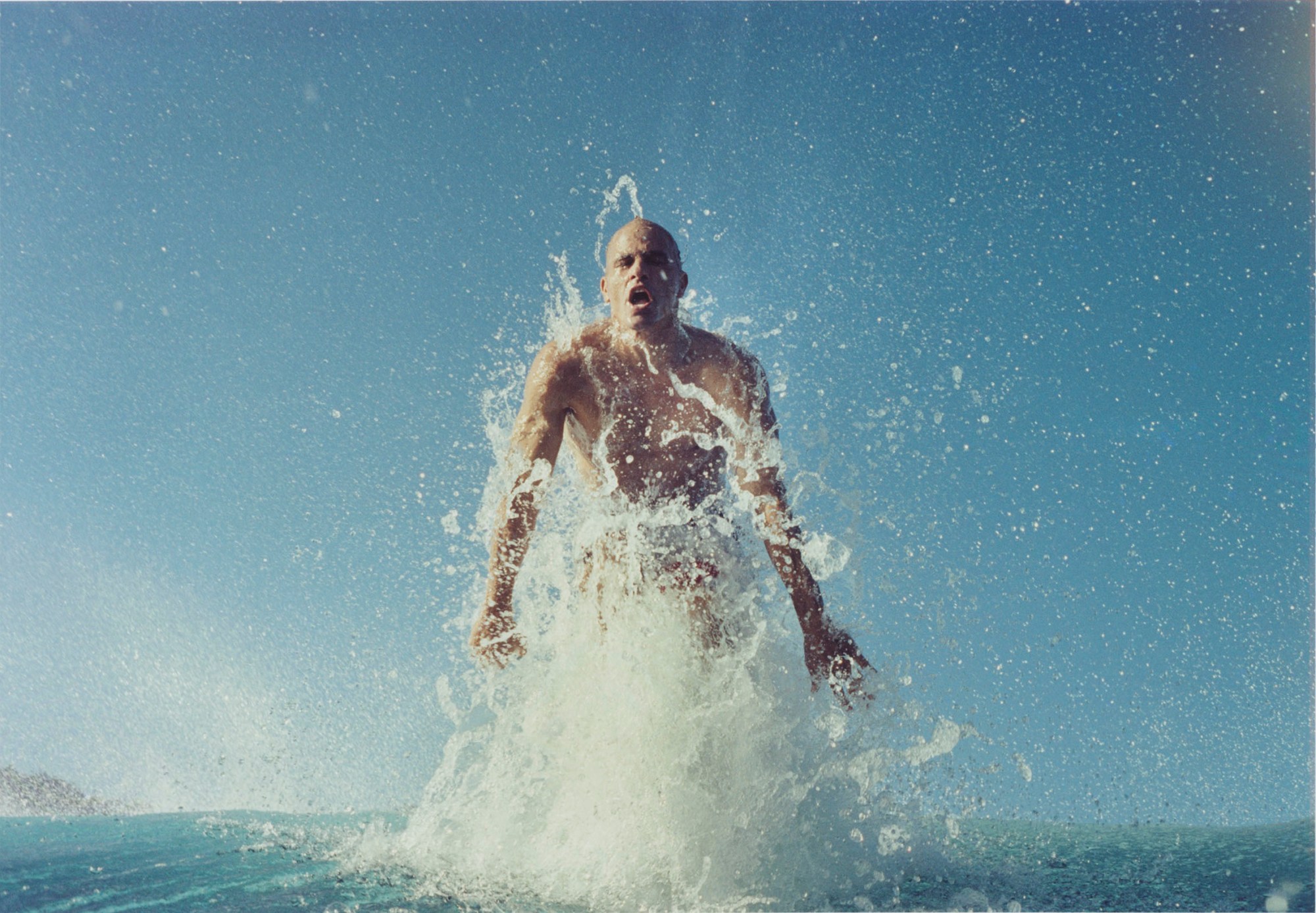
Anyone who grew up dreaming of a distant place can likely relate to this feeling, and how it can plant a seed for the future. “We’d make our boards the same colours as the boards that we saw in the magazines – it was our way of interpreting that world,” Ribeiro continues. “We used to dress like the surfers in the magazines, but we didn’t have the same brands here in Brazil. So we created a fascination with a world we had no access to. The only access we had to this world was through photographs. So we built on our imaginations.”
After surfing competitively for a while, Ribeiro moved to New York City and built a career as a photographer. Unable to endure the long, dark winters, and with his work being “mostly location and daylight photography,” it made sense for him to be somewhere sunny. So he began his yearly pilgrimages from the frigid Eastern Seaboard to Hawaii’s North Shore.
Naturally, he took a lot of photos. After his second trip, he began to notice how his images of rainbows, volcanoes, sharks and other surfers reflected the ideas of the place he’d had as a kid. But instead of simply dreamy photos of this Hawaiian iconography, Ribeiro’s photos had a relaxed, almost romantic style. Instead of traditional sports photography, he focused on creating intimate portraits of the North Shore and its inhabitants. Their relaxed atmosphere is at odds with what we’ve come to expect from surfing photography – instead of saturated colors, high contrast and a sense of action, Ribeiro’s photos are soft and imbued with a sense of calm.

This is the result of Ribeiro spending years slowly building up relationships with and patiently pursuing his often-elusive subjects, who included greats like Kelly Slater and Emily Erickson. “Surfers are not easy to photograph!” he laughs. “It’s very, very hard to pin surfers down. When the waves are good they’re all in the ocean, and when the waves are not good they’re off doing something else. They’re also quite shy. So it would be two or three winters before I got to be like, ‘Hey, how you doin’, man? What are you doin’ this afternoon? I wanna come to your house and take a portrait of you.’ And they’d say ‘sure’ and then I’d show up and they weren’t there!” he laughs.
Iconic aerial surfer Christian Fletcher was one such person. “He’s always had this legend status but he’s always been a weirdo, very mysterious. I was trying to photograph him for many, many years,” Ribeiro says. Then one day, after they’d made plans multiple times and Fletcher kept failing to show, it finally happened. “It was Christmas morning, and he showed up at my door with a shaver in his hand. He says, ‘Can you shave my head?’ and I’m like ‘okay.’ So I’m shaving his head, and I leave the top for last, and he goes ‘no no, leave the top,’ so I did, and then he wet it and put soap on it and made it look like a dynamite wick, pulling it up, all punkish and weird. And then he went, ‘Okay, now you can take my portrait.’ So we went to the beach and we hung out for like half an hour, and I took one roll, and that was it.”

Ribeiro said the whole experience was “really strange,” but in a way it represents his overall approach and work as a whole. “That’s how I wanted it to be. I didn’t want to be a passerby who, at the right time, in the right place, got a really cool shot. I wanted to participate. There had to be a real exchange. So every person you see in these photos, they know me, we had a moment, we had a conversation. It was me inserting myself into a reality that I once dreamed as a kid.”
Because they’re taken over multiple decades, the photos in North Shore show not only Ribeiro’s evolution as a photographer, but also the changes in the landscapes and the surfers themselves. Young salty-haired boys in the book have gone on to become surf legends – for example, John-John Florence, who appears in the book as a 13-year-old, and is now one of the top surfers in the world. Others have since passed away, and Ribeiro says “you can feel their ghosts in the images.”
Ribeiro was intent on showing the romance as much as the darkness that he says is inherent in the island. There’s a painterly photo of a herd of sharks that is more beautiful than it is threatening, with its grainy, almost fairytale quality. Then there’s an image of burning surfboards on a beach.
“There’s a funny thing, almost like making a sacrifice to the surf gods, you know what I mean? You burn a surfboard and the waves come up the next day. So it was a play on that. But also, people think of Hawaii as a beautiful, bright, sunny vibe all the time. But Hawaii also has dark energy. The history of Hawaii is very violent… You see that tension throughout the community. And you feel this really weird tension also in the landscape. You’re standing on a volcano and you feel this primal, raw energy to the place.”
That raw energy may be glossed over in many mainstream images of surfing, but as Ribeiro shows, it will never be extinguished.
—
North Shore is available in a limited-edition run now via Jesus Blue
